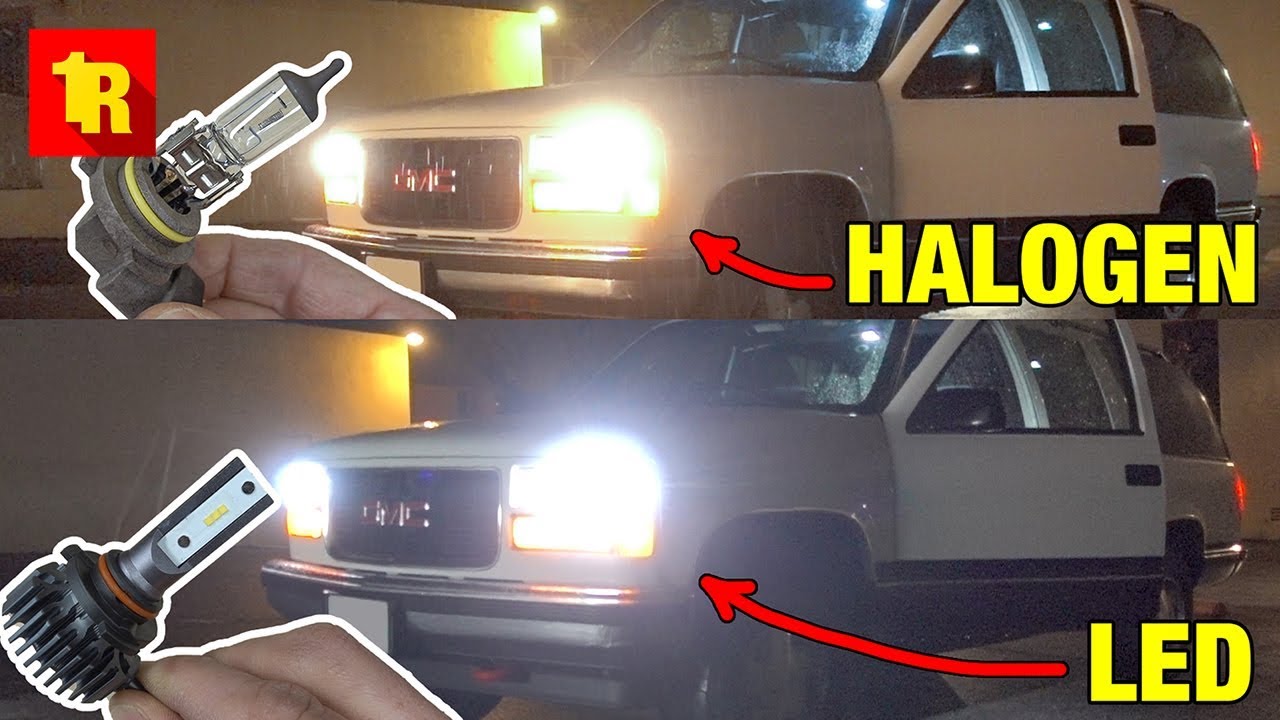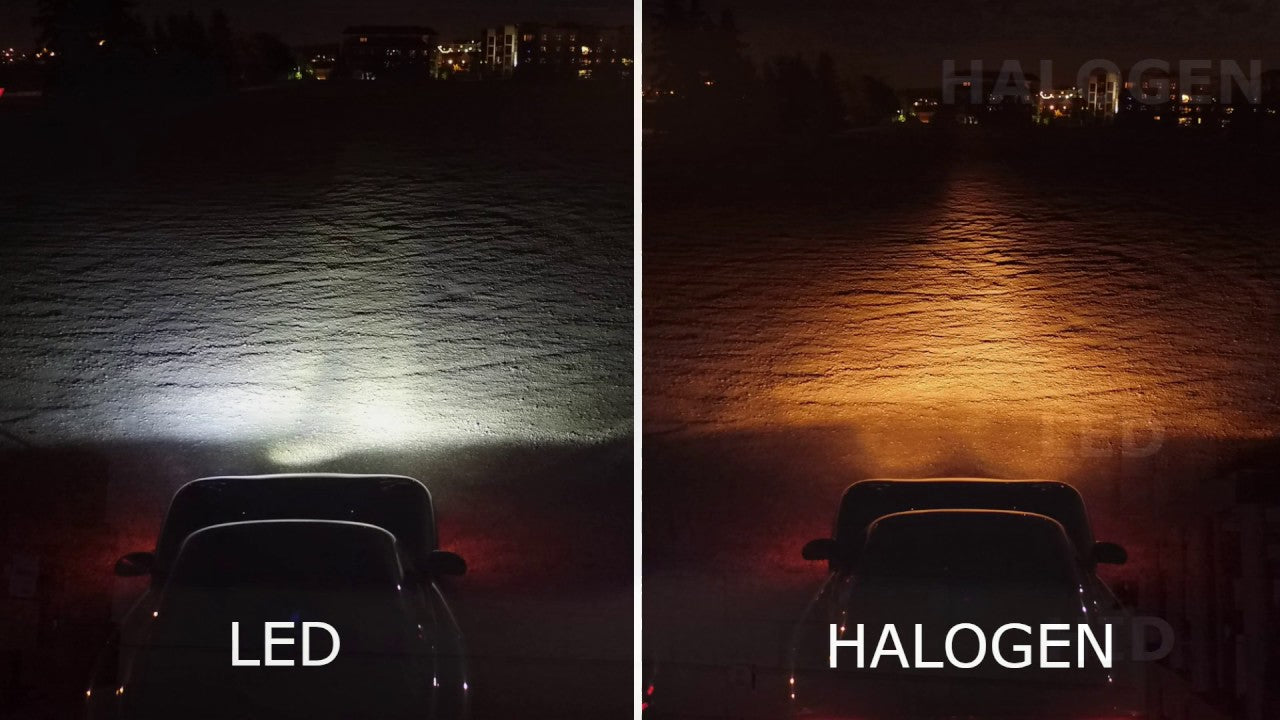Headlight covers, which protect the parts inside, are just as important as the bulbs that emit the light. Most drivers don’t pay attention to the health of the headlight lens covers as they do to the bulbs. And that can result in dangerously dim headlights, says a recent study published by AAA, the auto insurance company.
Headlight cover lenses, when neglected, can discolor or become cloudy. And that affects how much light the headlights emit, according to the study. Read ahead to learn more.
What are Headlight Cover Lenses Exactly?
Most drivers think of the headlights in their vehicles as one entity. In reality, headlights are made up of several layers or parts. The overall effectiveness of headlights depends on how well these layers work.
Here are the most important components of a headlight:
- The bulbs—Emits the light
- Reflector—Captures the light emitted by the bulb and creates the beam projected on the road
- Cover lenses—Protects the bulb and reflector and may also play a role in dispersing the light
- The housing—Carries all the components and fixes the headlight to the body of the vehicle
- Projection modules—A fixture in modern headlights that designates the beam length and path
All the above parts play a role in the proper functioning of headlights. We’ll focus on the often neglected cover lenses for this article.
There are actually two types of cover lenses available for headlights:
- With dispersion optics
These cover lenses play a part in how the light is focused on the road. The bulb in the headlights emits a light, which is called the luminous flux. The reflector captures the luminous flux, gathers it and prepares it to be focused on the road.
Some cover lenses help the reflector deflect the light on the road. These headlight lens covers with dispersion optics may scatter or focus the beam in front of the vehicle. This was the standard in early headlight models.
- Without dispersion optics
Modern headlights are increasingly getting rid of the dispersion optics for cover lenses. These covers simply protect the parts inside and play no role in how the light is dispersed.
Also, non-dispersion headlight covers prevent the light from being restricted by weather conditions like rain. It’s thanks to the lens covers that drivers can see through rain at night.
Cover lenses are made from either glass or polycarbonate plastic. The latter is becoming more prominent as headlight tech changes.
Glass headlight covers are prone to streaks and are vulnerable to impact. In comparison, plastic headlight lens covers are lighter and don’t shatter easily.
The plastic lens covers have to be coated under transportation regulations. The coating makes these lens covers scratchproof.
While plastic headlight covers offer many advantages, there’s also a distinct disadvantage. Plastic headlight covers can become yellowish or cloudy over time.
How Headlight Covers Become Discolored
Time can take a toll on the plastic covering newer headlight covers are made from. Glass is not similarly affected.
There are several reasons why plastic headlight covers end up discolored:
- Dust, dirt and other grime accumulating on the plastic coat
- Physical damage to the coating or lenses
- Water vapor that ends up inside the lenses
- Oxidation caused by sunlight
Polycarbonate plastic doesn’t easily trap dirt and grime from the road. However, if the headlight covers are rarely cleaned, layers of dust and grime can gather on the plastic coating, creating a yellow film.
Physical damage to the lenses, though rare, may also cause discoloration. Impact issues can result in debris getting lodged in the cracks. The clarity of the lenses would diminish because of this.
In some cases, water vapor may end up trapped behind the lenses. This would make the headlights look foggy.
But the primary reason plastic headlights end up discolored is sunlight. Headlights are exposed to sunlight during the majority of the day. The UV rays in the sunlight can cause microscopic cracks in the polycarbonate plastic.
When that happens, the process of oxidation sets in. The plastic cover then develops a yellowish hue and could appear foggy, cloudy, or hazy.
The anti-scratch coating on the lenses is supposed to prevent this type of chemical process. But the coating, constantly exposed to the elements, slowly fades away with time, exposing the plastic underneath to sunlight.
Why are Cloudy Headlight Covers so Dangerous?
Discolored headlight cover lenses are a major problem that affects driving. But drivers may not realize it is a problem, because the operation of the headlights is not affected.
Even though the headlight bulb continues to emit light, discoloration takes a huge toll on how bright your headlamps are. According to the AAA study, cloudy lens covers can reduce the brightness of headlights as much as by 80 percent.
In other words, say you invested in shiny, bright LED headlight bulbs. Discolored headlight covers could reduce the functionality of those bulbs down to 20 percent.
Cloudy covers remarkably lower the output of headlights, as the AAA study found. That poses serious road safety issues.
In the U.S., as many as half of all road accidents occur at night. When you drive with reduced performance headlights at night, you are at serious risk.
Preventing Discoloration
Drivers regularly check car tires, batteries, and headlight bulbs for performance issues. Unfortunately, the same vigilance doesn’t apply to headlight lens covers.
Your lens covers can become discolored within three to five years. It may be even quicker without adequate care.
The first step in preventing headlight cover discoloration is to be aware of it. You should routinely check your headlights for signs of haziness.
Plus, do wash the headlight covers on a regular basis. Remember that only one side of the cover is cleaned when you wash the car.
You should remove and clean the plastic cover for optimal clearness. Let the cover dry before reinstalling it.
It’s important to use only gentle cloths and chemicals on the plastic lens covers. Harsh chemicals may damage the lens coating. That would lead to accelerated oxidation.
It’s recommended to take your vehicle once or twice a year to a professional mechanic for an inspection. During these visits, ask the mechanic to check the headlight covers for signs of deterioration. A professional may spot signs you may miss.
Restoring Discolored Headlight Covers
Regular cleaning and proper care can prevent headlight cover discoloration. But what if your headlight covers have already become cloudy or yellowish?
In that case, you can use a headlight restoration kit to return the transparency back to the headlight covers. A headlight restoration kit is a package of cleaning items intended to remove oxidation and layers of grime off the plastic lens covers.
A typical kit may include wet or dry sandpaper, a waxing compound, a polishing agent, and a UV ray sealant to reduce the risk of oxidation. You may require microfiber clothes in addition to cleaning before the restoration.
There are dozens of such kits out there promising great results. You should carefully research and review these kits before buying them. Make sure the kit is suitable for the type of headlight covers in your vehicle.
Remember, headlight restoration kits contain abrasive material. Therefore, don’t use them on your headlights unless they are really discolored.
Should You Replace Headlight Covers or the Bulbs?
Some car owners may find it tricky to distinguish between a discolored headlight cover and a dimmed headlight bulb. It’s very important that you know the difference between the two.
Sometimes, a discolored headlight cover is hard to distinguish with just a visual check. Obvious signs of oxidation and damage could take years to become visible.
If your headlight covers appear very clear, but the light is still dimmed, it’s safe to assume that the problem is with the bulb, rather than the lens cover. Headlight bulbs, like the covers, deteriorate over time.
You should replace your headlight bulbs every three to five years unless they give out earlier. You can ask an auto mechanic whether the bulbs need replacing.
It’s also possible that your headlights look dim because the bulbs you have installed are not bright enough. Older cars may have halogen bulbs that are not as bright as newer LED or HID bulbs.
You can replace older bulbs with a newer LED version for better illumination at night. However, no matter how bright the bulb is, you won’t see it if the headlight cover is oxidized.
From now on, make headlight cover cleaning part of your regular car care routine. Inspect the lens covers for oxidation. You should restore or replace the covers every few years or as recommended by the manufacturer. The same goes for light bulbs in the headlights.




